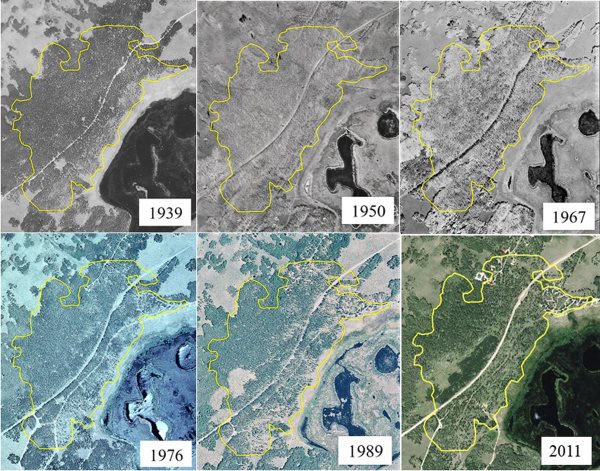Pando, one of the largest living organisms on the planet is dying. A forest made up of 40.000 genetically identical trees, the aspen, is in danger of disappearing due to man. For the first time, scientists have observed the impact of 72 years of human development on the land through aerial photos
He is about to end up run over, his mother saves him
Pando, one of the largest living organisms on the planet is dying because of man
A forest made up of 40.000 genetically identical trees, the aspen, is in danger of disappearing due to man. For the first time, scientists have observed the impact of 72 years of human development on the land through aerial photos.
And the results show decades of deterioration. Pando is located in south-central Utah and is one of the largest and oldest living organisms in the world. The problem is, it's not regenerating.
Aspen trees (Populus tremuloides) are very special trees. They usually reproduce asexually through an underground root system. Each root belongs to that one system and the poplar groves are clonal colonies of genetically identical stems.
Pando weighs approximately 5,9 million kg and covers an area of 43 hectares of land in Utah's Fishlake National Forest. Despite its grandeur and majesty, it is in serious danger. Over the past 30-40 years, it hasn't produced enough young stems to replace the old growth. Additionally, grazing animals eat them faster than they can grow.
And man has a big responsibility. In part, we knew that shielding the forest to protect it from animals would help. A first project, aimed at enclosing a part of it, was not followed up by limiting Pando's ability to regenerate.
“While Pando has probably been around for thousands of years, we have no way of knowing for sure his age. Time is running out now. We cannot independently manage wildlife and forests " he said ecologist Paul Rogers of the Western Aspen Alliance and Utah State University.
It's not all. The study, for the first time, showed the impact of 72 years of human development in the Pando territory through aerial photos. Although the organism is recovering in some parts, regions reclaimed by humans for homes and campsites continue to be deforested.

And humans are also responsible for the increased presence of deer, whose population has grown steadily in Utah, in part due to the suppression of their natural predators such as wolves and bears.
“This altered model roughly coincides with our 72-year photographic sequence, when road traffic, housing development and campground development increased,” Rogers continues.
According to the scientists, what the forest needs is some time for the new growth to reach a level of hardiness to survive grazing by the deer.
Options include temporary fencing, but also a more drastic measure involving temporary access for professional hunters to reduce the number of deer.
A heritage of biodiversity to be protected, an iconic forest that is visibly disappearing through our fault.
The research was published on PLOS One.
READ also:
- Pando, the largest living organism on Earth is in danger of disappearing
Francesca Mancuso
Photo cover: Intermountain Forest Service USDA


























